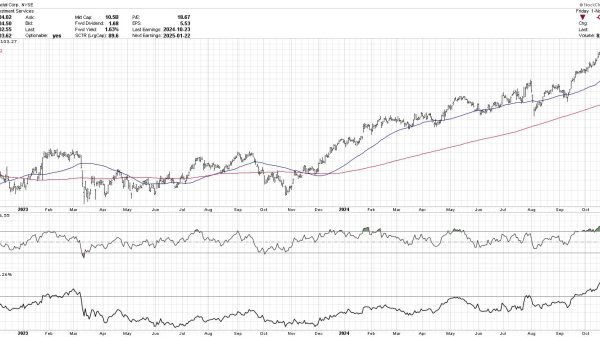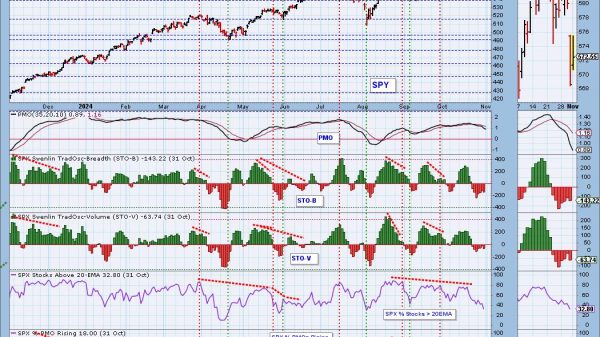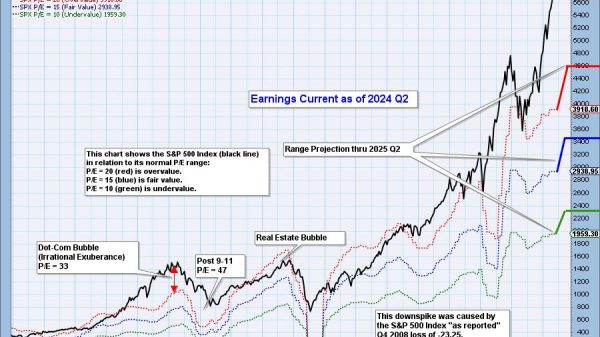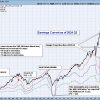President Joe Biden has touted how the Inflation Reduction Act (IRA) gives Medicare the power to negotiate lower drug prices. He has boasted that this new authority will save $6 billion in its first year.
As I explained at the policy forum, “At What Price: Determining Pharmaceutical Prices in Medicare,” however, the IRA contains other provisions that will increase Medicare spending on prescription drugs for seniors. In particular, it provides a 100 percent subsidy for drug spending after Part D enrollees spend $2,000 out of pocket. The Congressional Budget Office estimates that the out-of-pocket-spending cap and other provisions of the IRA will nearly triple the per-enrollee cost of Part D. Congress could have appropriated additional funds to prevent that additional expense from increasing Part D premiums. It chose not to do so.
That presented the Biden–Harris administration with a problem. Left to its own devices, federal law—which is to say, Congress—would dramatically increase Part D premiums right before this November’s presidential election. Angry seniors could take out their frustrations on the Democratic nominee, Vice President Kamala Harris.
So the Biden administration struck upon a scheme: spend taxpayer dollars on a sham Medicare “demonstration program” that hides from enrollees the cost of the IRA’s expensive new coverage by shifting that cost to taxpayers. Federal law allows Medicare to create demonstration programs that test new ideas (payment reforms and the like) in small corners of the Medicare program. The Biden–Harris administration (ab)used that authority to create a “demonstration program” that offers all insurers who participate in Part D new, temporary subsidies—if they pledge not to increase premiums before Election Day.
The Biden administration is literally spending money Congress chose not to spend, increasing federal deficits and debt, to hide the cost of its health reforms, all in the service of buying votes for its presidential candidate in an election year.
The Biden administration defends its sham demonstration program as “consistent with other demonstrations that [Medicare] has conducted in the past to address transitional issues associated with the implementation of major changes to the Medicare program.” Translation: Prior administrations were crooked too. It’s the sort of defense that reveals the situation is much worse than you thought.
The CBO estimates the all-in cost of the first year of Biden’s sham demonstration program will all but eliminate the same-year savings from Medicare negotiating lower prices for prescription drugs.
The episode illustrates why Medicare is neither efficient nor a sacred bond between the generations but rather the main force behind rising federal deficits and debt. Medicare is, and always has been, a tool for buying votes from seniors and high-cost, low-quality providers by skewering the least politically powerful people in the room—taxpayers.































